Test
Since humans first walked on Earth, we have been forced to use our survival skills to keep our families and ourselves safe. Basic survival skills are a skill set that is uniquely human. Other animals have all these instances already hard wired into their brains, and they may act on their instinct much quicker than humans. Humans are held back by their conscience when it comes to surviving and sometimes, the long thought out answer isn’t the right one. This is a hard lesson for humans to learn, especially out in nature.
Humans must examine and assess the situation after our brains have triggered the survival response in us. Because of this, we are much more cautious and deliberate in our actions compared to the random animal fight or flight reflex. Instead, staying alive boils down to having water, food, and shelter. If those three things are nearby, then the chances of surviving are at an extremely high percentage.
Although it was the only way to survive some places, gone are the days when humans had to move from spot to spot searching for a place where the food supply would allow them to rest for a few days. Instead of thinking about where to make shelter for the night or where is our next meal coming from, in today’s society, we don’t have to think about those things because of the lives we have in civilization. We think about what errands to run the next day, or how am I going to get out of this traffic.
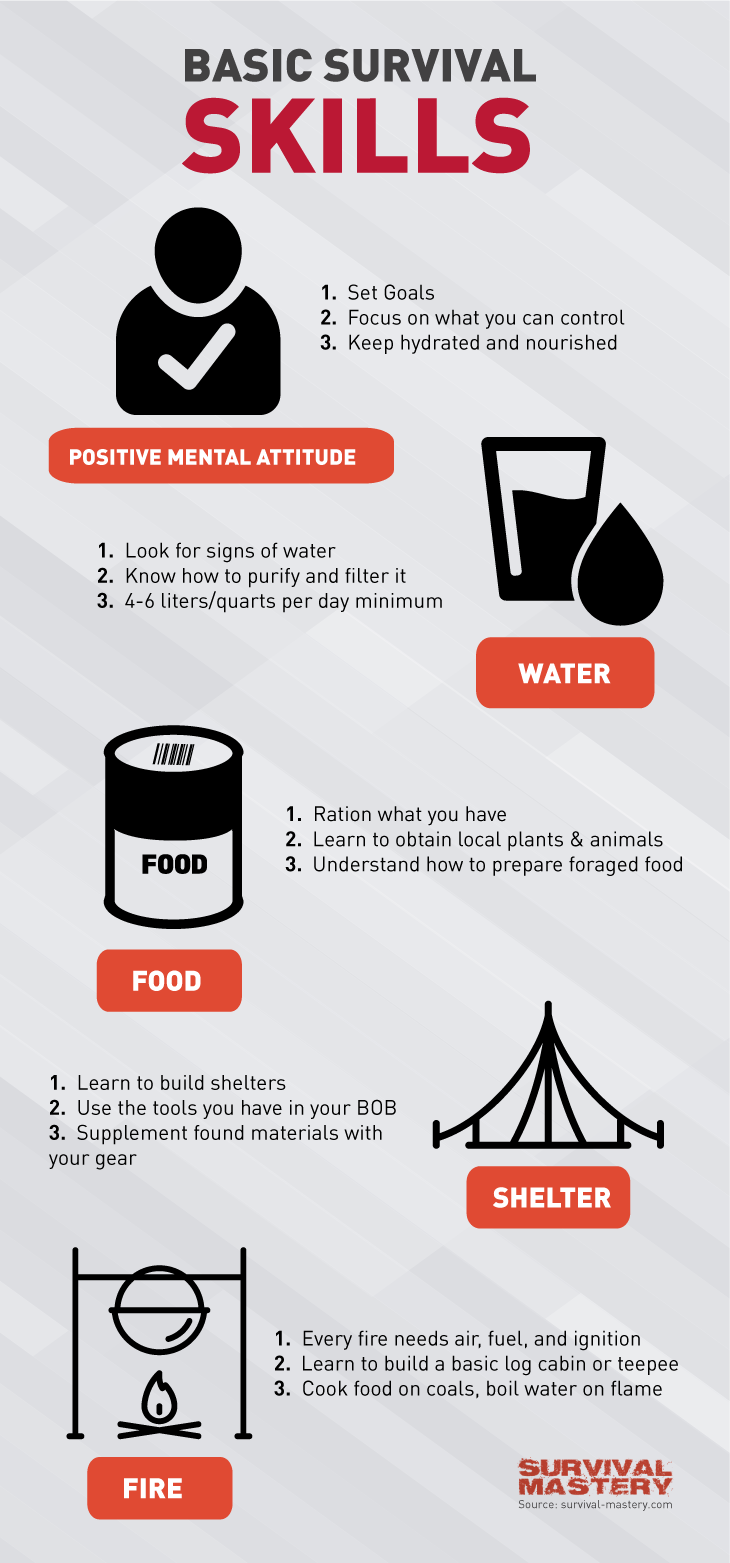
Humans no longer have to make life-altering decisions when it comes to surviving. We have mastered surviving so well that most humans are living in some sort of civilization everywhere around the globe. This gathering of specialized humans yields product after product, things that make our daily lives easier and allow us to avoid thinking about life saving decisions or life altering situations because of our closeness with society. However, our lack of survival skills can cause problems.
For us, as humans, to truly be masters of our domain, we must always know how to survive in a tough situation, especially if we are lost or alone in the slightest. In order for humans to better understand the world we live in and where we came from, humans must re-learn how to survive when things get rough and the only way out is through the human brain. Basic survival skills will allow an anxious mind to be at ease knowing that if worst comes to worst, there is somebody who knows what to do, where to go, and how to survive.
Pinpointing a survival skill
So, what really is a basic survival skill? Well, the easy answer to that question is that a survival skill is a certain piece of knowledge that a human carries close to the vest and uses in a dangerous situation where said human may not make it back to civilization for an undetermined amount of time. This skill set can be acquired by anyone of almost any age, and it will save someone’s’ life one day. You can learn these skills by yourself, doing research and practicing or you can learn it by joining a survival training course. If you are interested in a course, we have a great article with the best schools in the world that teach survival training so don’t hesitate to take a look.
Knowing how to survive in the woods or in a remote area will save many lives, but teaching skill that have been learned are even more promising for individuals who haven’t learned how to survive yet.
Survival skills seem to claim a wide array of skills, but in reality, survival skills can be simplified to three goals; food, water, and shelter. The pursuit of these three things is the main reason why survival skills exist. As humans, we need food, water, and shelter, and we will do anything to get to it.

For this reason, survival skills that specifically are used in the discovery of food, water, and shelter can be acknowledged by another name, primitive survival skills. Pretty self-explanatory, primitive survival skills are just another route of saying that these skills help take care of humans’ most primal needs.
The primitive skills go hand in hand with general survival skills, but survival is really an umbrella term for any survival technique that is taught for safety. Think of primitive survival skills as the basic level of surviving and staying alive for humans. These primitive skills are just enough so that humans can keep from losing their life to the wilderness. If you are interested in learning such techniques, take a look at our article on survival tactics.
But why doesn’t every human get taught these survival skills in school? Well, that’s a good question, but perhaps for another day’s writing. All humans should have the knowledge of how to survive in a dangerous situation when they don’t have much else to help them out. Being alone can be a confusing experience for humans, especially a young one. We can prevent many tragedies from happening by teaching these well-known skills to humans of all ages.
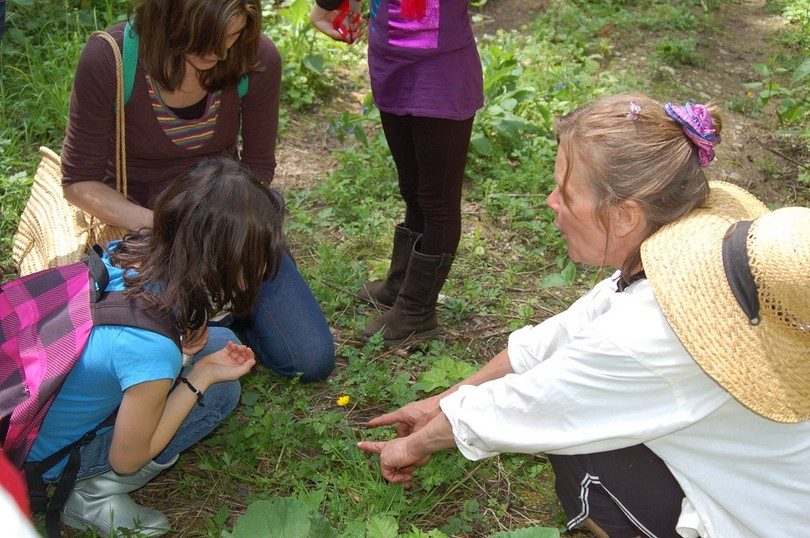
Because our society stays away from the wilderness and outdoors generally, we lack proper knowledge of what to do when we aren’t in society anymore. Even though it can sometimes be like a confusing, unending maze of plants and trees, the woods can be friendly to those who know how to use them. And that’s why you must learn how to survive in the woods in case you get lost – here you can learn all the necessary skills and techniques you need.
In summary, primitive survival skills are more focused, while survival skills in general cover other things as well including finding a way back to civilization. These survival skills are necessary in order for us, as humans, to feel the most comfortable with all of our neighbors in the woods.
What’s your skill set?
With any type of specified knowledge, some people will already know some survival skills, but it is up to you to know all of them and be able to manipulate them slightly if needed in a certain unknown situation. It is one thing to be able to recite a few skills that are useful in the woods, but it is a whole other thing to actually tweak some instructions based on the situation at hand in a real survival situations.
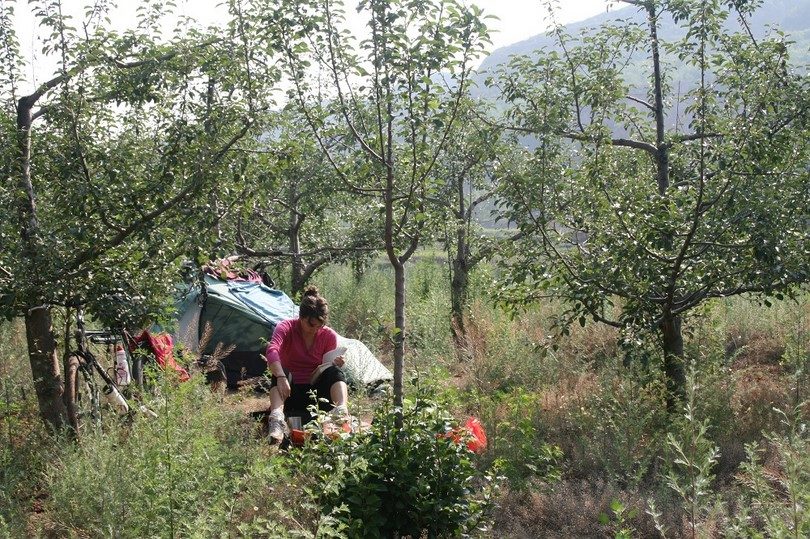
Most people would tend to agree that it isn’t enough to just know what the primitive survival skills are, but it is vastly more important to know how to actual perform these skills in a survival situation. As long as you learn what types of skills can be used in certain situations, you should be able to take on any adventure that might put you at risk. Although the goal is to not use any survival skills, knowing how to use them beyond a shadow of a doubt increases anybody’s chances of survival greatly.
Learning to survive
Survival should be taught to everyone that can understand how to use primitive survival skills in the right situations. It is extremely important to know what to do in a time of need, and these survival skills will put you on the right path to knowing how to get through tough times in the wilderness. Next, are some popular techniques that can help you survive in some of the most perilous places.
Finding a campsite
First off, locating a viable campsite can be the most important survival skill of all. In order for humans to survive, they need a place that will keep them out of harms way. They also need a place where they can regroup and think about the next course of action. As most of you probably know, the first qualifier for a campsite is that it is high in elevation and also dry.
Make sure to stay away from any terrain that would aim water and floodwater towards you. This means to avoid any low-lying paths, creek beds, and valleys in general. Next, search the potential campsite for insect nests, rocks that could fall in the night, and even potential harmful branches and trees in the vicinity.
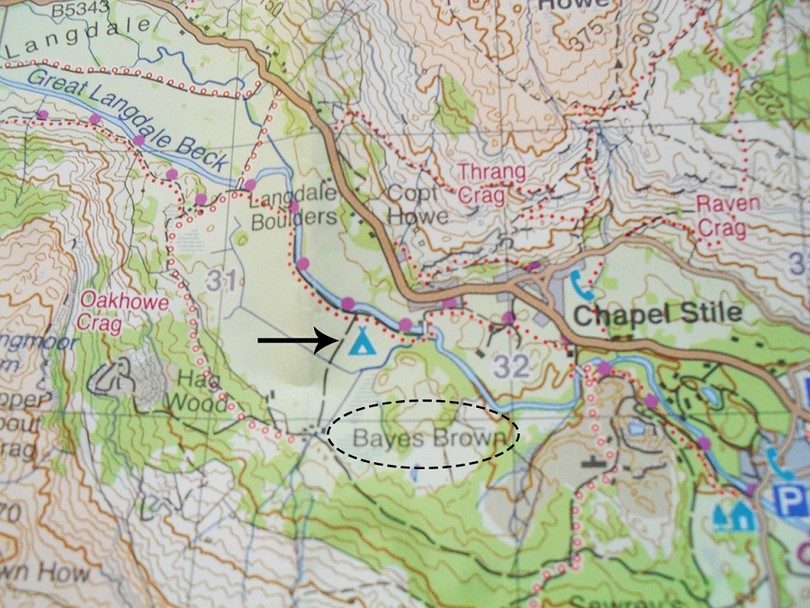
You never know when a strong gust of wind will knock something off kilter and cause it to fall your way. If you don’t learn from anything else on this list, learn from this. Try to find a site that is close to any natural formations or resources like running water or firewood.
Also, cave like rock structures and rock walls are great for blocking the elements from getting to a campsite. While this is the first survival skill on the list, it is difficult to understand just how vital it really is to staying alive in a hostile environment. If you can find the right base camp to start with, then it will make surviving easier overall. A good campsite goes a long way.
Of course, when you’re lost in the woods it’s difficult to know where to go in order to find the right campsite. That’s why you should always carry a map of the area and a reliable compass. If you don’t know how to use these, take a look at our tutorial on how to use a compass.
Build a shelter
Logically, after finding the right place to build a shelter and hold down for the night, actually building a good, solid structure to stay in will greatly increase the chances of anyone’s survival. Shelter is one of the big three of survival: water, food, and shelter. If these three requirements can be satisfied, then you are headed on a good path for survival. One of the easiest ways to not make it in the wilderness is by letting your body temperature stay too low.
[the_ad_placement id=”in-text-2-type-r”]It is extremely important to build a shelter that can keep you protected from cold and other harmful things, because this will allow you to stay healthy enough to make an attempt at finding civilization later. For our purposes, a simple shelter is best. A popular type of shelter to build in a hurry is what some survivalists call a lean-to. In order to begin construction on a lean-to, find a tree that is downed, but resting at an angle, not parallel to the ground.
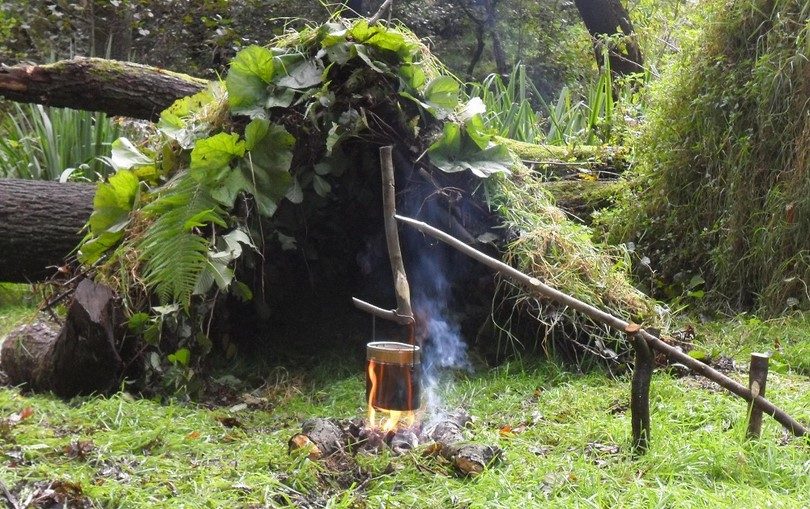
If a down tree cannot be found, then putting a big branch at an angle to another standing tree will create the same effect. Next, layer debris, leaves, and moss on top of the angles wall, in order to form a protective roof like structure. Once the wall is correctly covered, find a way to insulate yourself from the ground, which can be cold during the night.
In order to keep the ground warm where you are sleeping, layer more debris on the ground, creating an elevated sleeping place for the night. A shelter can make or break the survival of someone, especially if the shelter isn’t built correctly. Be sure that your shelter is appropriate, made the right way, and you are on the path to survival.
We have a great tutorial on how to build a survival shelter in times of need so make sure you don’t miss it!
Building a fire
Obviously, building a fire has to happen in order for your body to maintain a constant, fairly warm temperature in the woods. In order to start a fire, you will need a bundle of dry, fibrous material, also known as kindling, and wood in various sizes. To create a base for the fire, use a piece of wood about the size of your forearm. This base also doubles as a wind blocker when trying to light the kindling on fire.
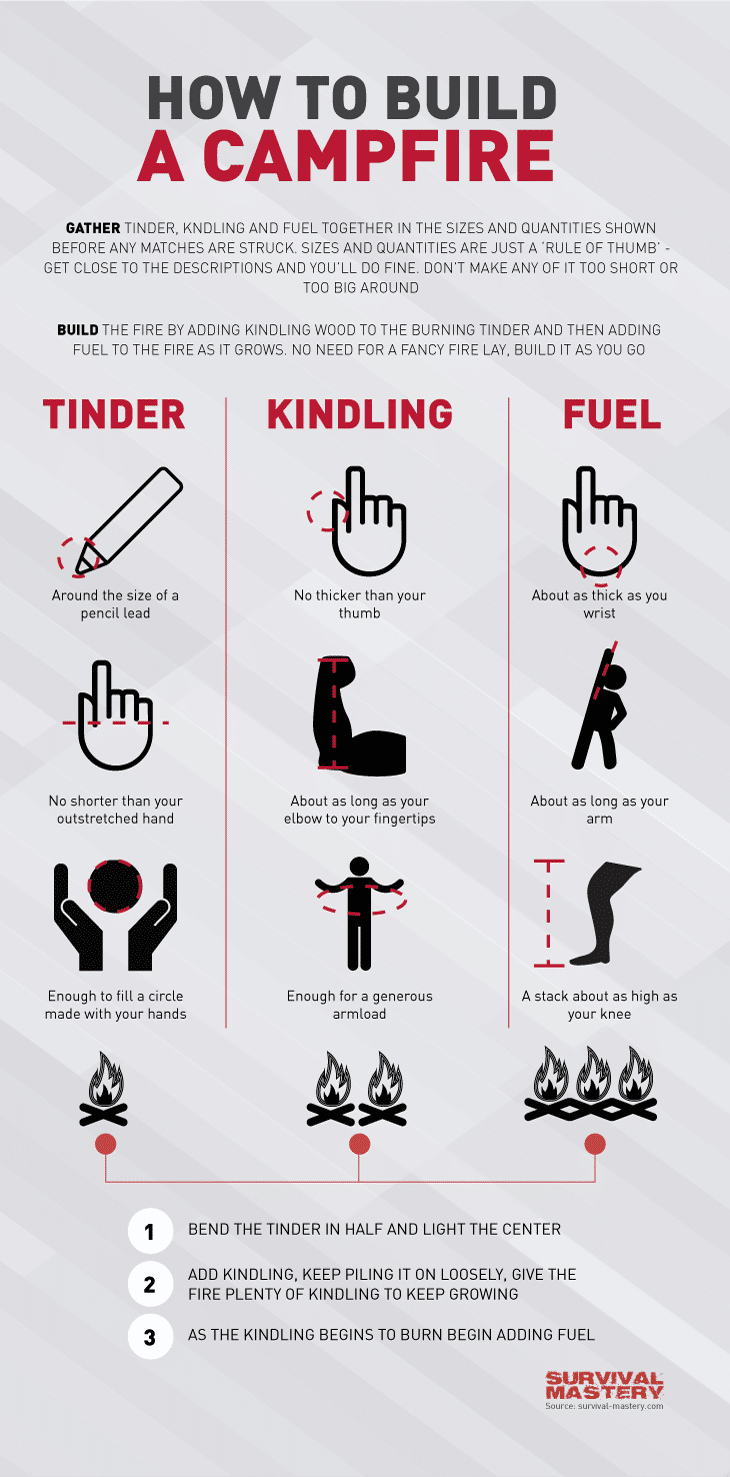
Once you have lit the tiny fibrous wood shavings, stack the smaller kindling on top of the larger log, like a lean-to, in order for oxygen to pass through the flames. This will allow for a stronger, warmer flame than normal. As with any already built fire, add larger wood and kindling as the flame continues to get larger and larger until the flame can support itself. Once that point has been reached, the fire should be at your disposal.
If you don’t know how to start a fire, we have a great tutorial on how to make a smokeless fire which can be extremely useful if you don’t want to attract predators.
Searching for clean water
Now that camp, shelter and fire have been started, we can begin searching for resources that will be vital to survival in a short amount of time. While water in itself may seem innocent, trust me, it’s not. Water can kill you out in the wild. If you don’t know if it is clean, don’t drink it. When looking for water to drink, the first places to look are natural resources like rivers, streams and creeks.
As a general rule, moving water is a positive thing, while stagnant puddles or any water that has been on the ground for a long time is most likely dangerous and should not be drank. On another general note, boil any water that you possible plan to drink. Boiling water found from a stream can save you life because it kills all the pathogens that could potentially be swimming in the water.
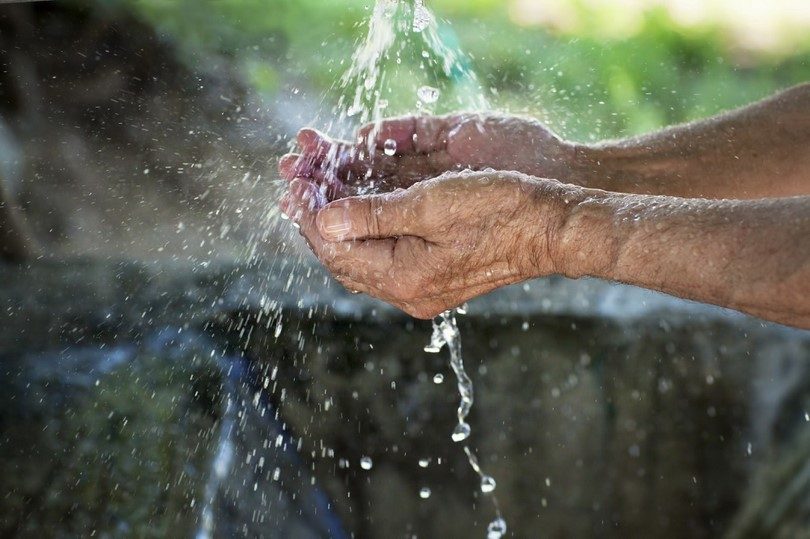
Water that doesn’t need to be purified comes in the form of rain, snow, and dew. If you are in a true survival situation, you will need to find water quickly, as the human body can’t go more than three days on average without it. The most effective way of collecting already deposited purified water is through dew collecting on plants.
With a bandana like material, quizzing and extracting the dew water can produce a hefty amount of hydration as long as you are dedicated, and I would like to assume a survival situation would put you into some kind of dedication. Make finding clean water a high priority on your list so that you may use your primitive survival skills to stay hydrated in the wilderness.
If you’re interested in learning how to purify water in any situation (and you should be), take a look at our in-depth tutorial on how to purify water.
Identifying plants to eat
Most likely, when you get put in a situation where you must employ these primitive survival skills, there isn’t a ton of food just hanging around, waiting to be handed to you. No, you have to find food for yourself, and if you don’t have any hunting tools, you might not be getting food for a while.
Good thing there is a survival skill that tells you how to figure out which plants can be eaten without harming the individual eating the food. When it comes to surviving, try to resist the urge to go out on a hunting mission in search for food. It doesn’t do anything but waste energy, which you will desperately need soon.

Instead, find plants that can be sustenance, as well as little animals like fish, frogs, and lizards. Yeah, this all doesn’t sound too tasty, but I promise you will take what you can get out in the wilderness. In order to be prepared, buy a book that will allow you to study and learn the good and bad edible plants. If you do not know whether something is edible or not, don’t eat it. There are some universally edible plants however, such as cattail, wild spinach, and dandelions. Eat these if you can find them, otherwise save energy to find a better food source.
Here you can find the complete guide to plants you can safely eat in the wilderness.
Navigating by day
Next on our primitive survival list is how to navigate by day. After a long first night of building shelter, fire, and finding food, it is only natural to get an idea of your surroundings, and try to find a way to get back to civilization. In order to do that, you must know how to find your way around when the sun is up. Let’s assume that you won’t have ended up with a GPS or map or compass on your person. You can still navigate the land in the sunshine.

The easiest, and probably most obvious way to get yourself oriented is to look up at the sun. Find where the sun rises, and you have found which way is east. A little forward thinking and you will know the North, South, and West directions as well. Once you have a general idea of which directions the cardinal directions are pointing, it will be much easier to figure out which way to travel in order to find a way out of a survival situation.
Navigating by night
If we talk about one type of navigation, we must mention the other. Although usually advised against strongly, moving at night can be efficient as long as you know where to go. The key to navigating at night is to find the North Star. For those who don’t know, the North Star is at the end of the Little Dipper’s handle.
Find the big dipper and draw a line between the two stars at the outer edge of the Big Dipper’s dipper side. This line will then line up with Polaris. If you are facing Polaris, then you are facing true North. Once you have figured out a direction, you can use a landmark to make your way in that direction.
Creating a survival signal
Last, but certainly not least is starting a fire that will signal other people in the vicinity that you are in trouble and need immediate assistance. Sometimes, when we are in a survival situation, we might not be able to move or think as quickly because of an injury. This injury could become deadly if rescue cannot be obtained.
There are two types of survival signals: a fire and a mirror. Let’s tackle the survival fire first. Find an open area to place the fire so it can be seen from a long way away. Make a base so that the fire is held up from the moisture in the ground below. Save the best combustible material that you have for your signal fire.
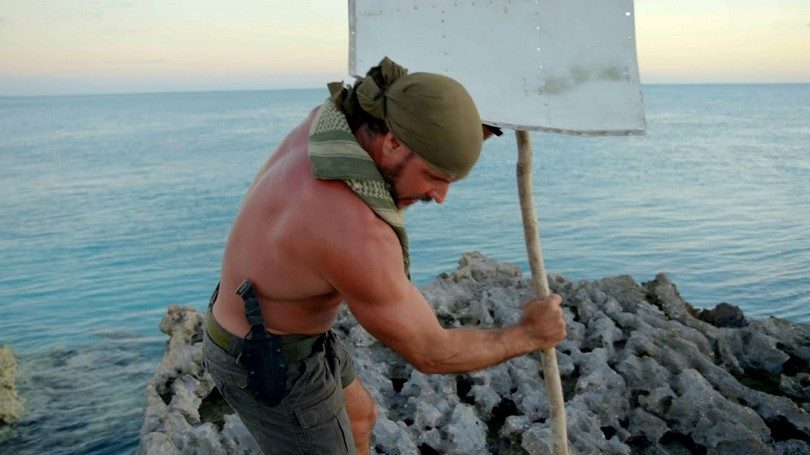
When you have the fire lit, throw green branches to produce thick smoke. The thickness of the smoke could determine if you are seen. Our second primitive survival skill signal is that of a mirror. A light flash from a mirror can be seen from miles away, much further than a flashlight can be seen. This is why the Navy uses light to communicate as well. Use any reflective material you have, including cell phone, headlights, side mirrors, etc.
[the_ad_placement id=”in-text-3-type-r”]Create a peace sign with your fingers, and target a plane or helicopter or whatever could help in between the peace sign of your fingers. Finally, move the mirror across your fingers in order to create multiple flashes. Although these survival signals seem unlikely to help, they actually have been known to be effective when done in the right way.
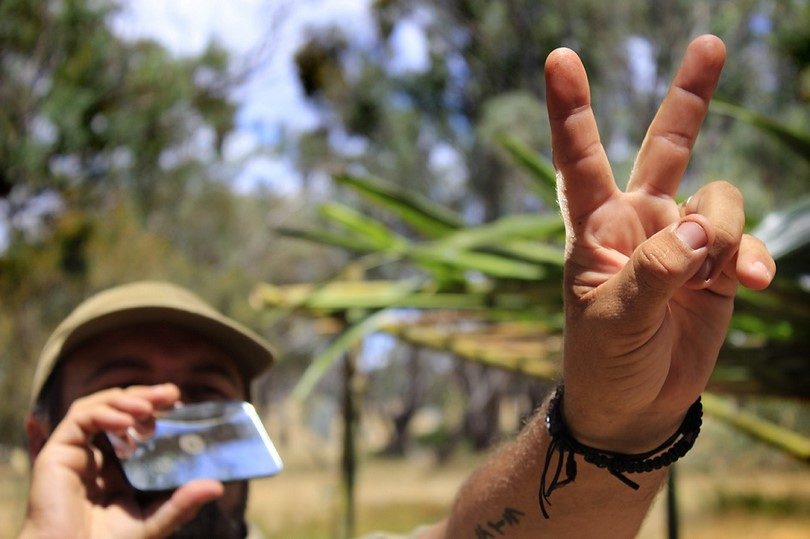
In summary, humans no longer have to know everything there is to know about surviving the wilderness. Humans just don’t travel out into the woods as much as we used to. Now, we sit on our couches watching TV about the wilderness, and most of us are too afraid to approach it.
The primitive survival skills that were on the aforementioned list will help anyone in a survival situation. Knowing these skills is vital when enjoying the outdoors, if even for a short day trip.
You never know what could happen. It is too easy to get lost, and the only things that will help when you are lost are the survival skills taught today. By no means will they work perfectly every time, but one thing is for sure, they will work given the right conditions and humans.



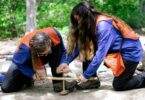


We became domesticated and very few people know how to survive a night in the wild. But I think all humans have the ability to relearn the laws of the jungle, because we’re made to survive anything, anywhere, anytime.
You definitely need to remind yourself the basics of surviving the wild every now and then. This article teaches you more than just the basics.
I can’t agree enough with this list but basically what I would tell my child when he gets lost in a camp or outdoors, just Stay Put. I know this is uncommon because instinctively they will wander to find searchers and seek help. But I think the very thing is just to stay put and respond to voices until they will be found.
Your suggestion is great, but it is somehow dangerous to stay in a single spot for long when in the woods. It will be wise to always advice your child to pick a trail and mark it so that you can follow it.
Basics are absolutely necessary. One trend I tend to see on the internet is people doing several interesting niche projects, but not learning the absolute basics.
Several projects are interesting but not usable, and people should definitely pay attention to things described in this article rather than making a few cute DIY projects that lack usability.
You can do different DIY survival projects, but this will not help you in a survival situation. What will help you is what you know and what you can do, and this article is all about learning the basic skills.